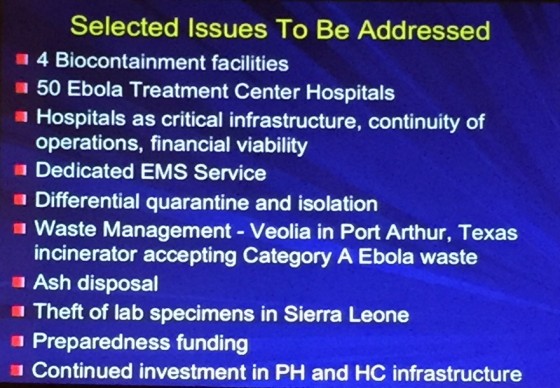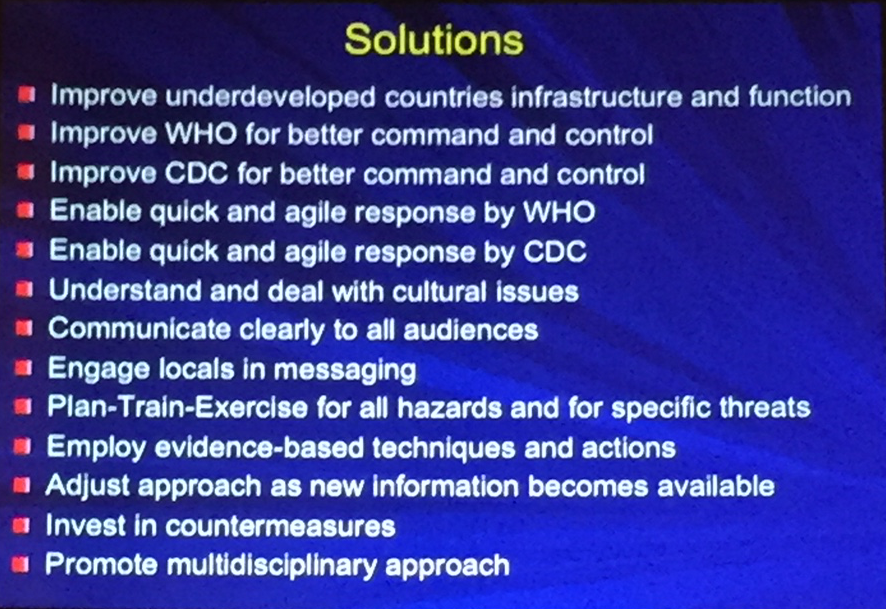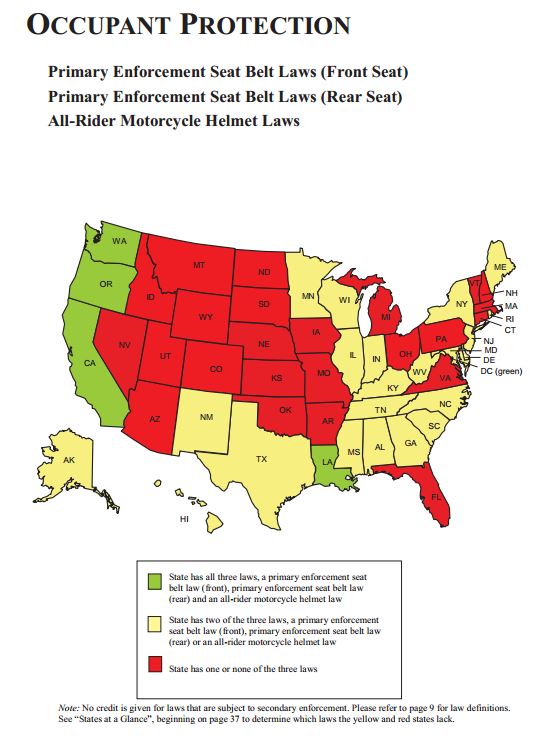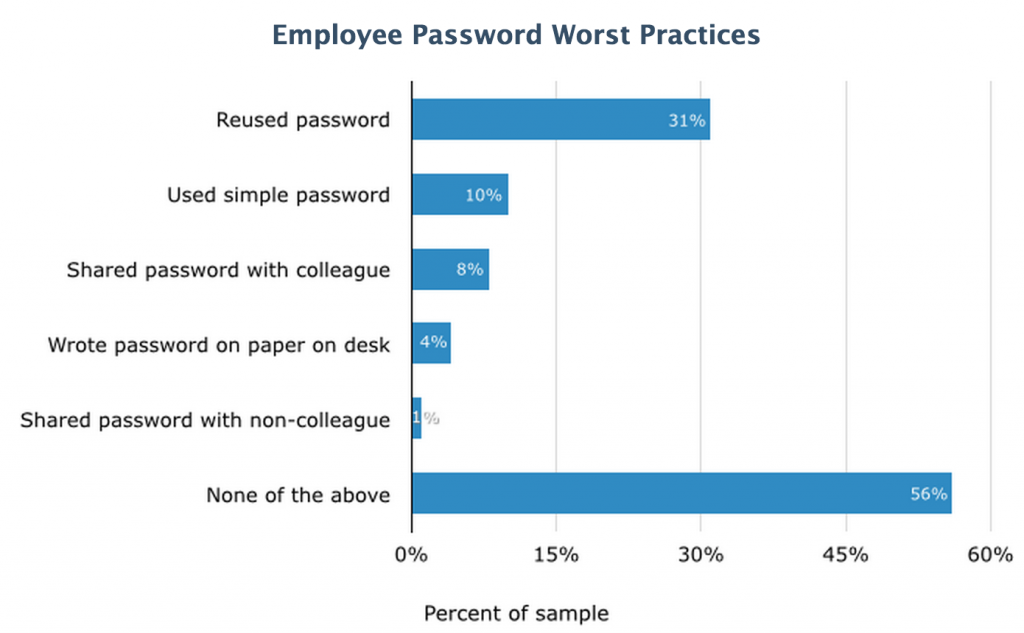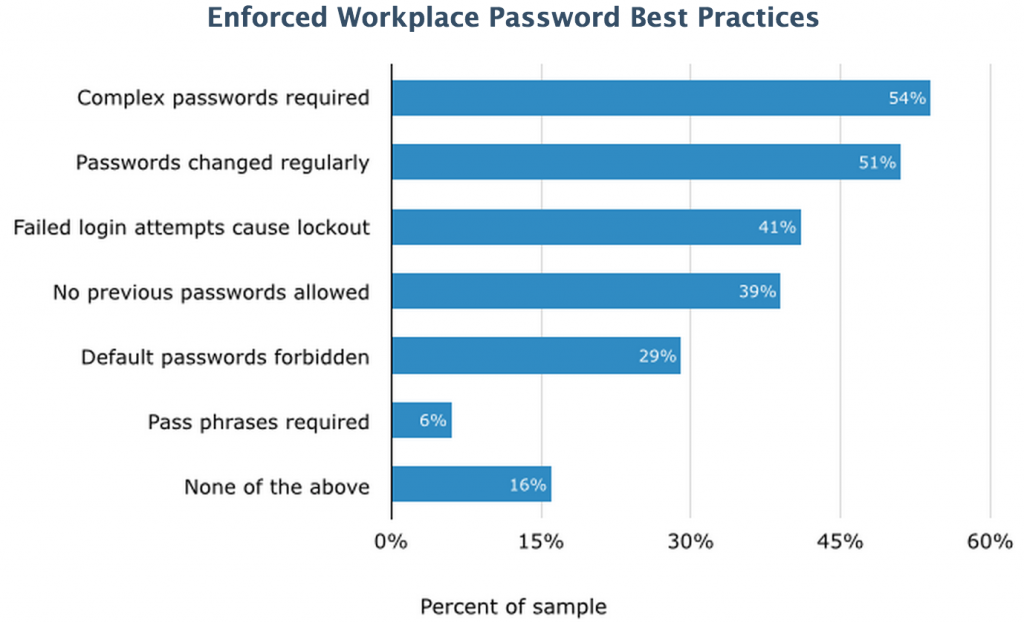
Codes of conduct have gone from a “nice-to-have” item to a corporate standard and even legal requirement for many businesses. Unfortunately, when creating their codes many companies focus solely on satisfying the legal requirements.
Consequently, their codes are bogged down with complex legal jargon and company rules. These codes fail to make a meaningful connection between the organization’s objectives and its ethics and compliance management, and as a result, remain largely ineffective.
However, leading firms see the code of conduct as an opportunity to communicate and drive company values and expectations. They view the code as a tool for promoting a more ethical company culture. But making a truly effective and engaging code of conduct is easier said than done. Below are some best practices for creating a more meaningful code.
Content and Readability
No one wants to read a list of “thou shalt nots.” Instead, center your code’s content around issues employees face on a day-to-day basis and the organization’s values. Try presenting information by high-level topics or behaviors instead of by law. Also keep in mind that the code should relay high-level principles, not detailed operational guidelines.
Similarly, ditch the legal jargon and write in a clear, concise language that employees will understand. The tone should reflect your organizational culture and employee demographics. Remember that the code is there to help employees make the right ethical decisions, so make sure there are no grey areas.
Presentation and Accessibility
Although strong and clear-cut content is essential, the code’s presentation and accessibility are equally so. Interesting, eye-catching design can dramatically improve your code’s usability and retention. Try using a mix of various design techniques like call-out boxes to highlight essential information, pull-quotes for added emphasis, and company-specific question and answer sections that ensure employees know how to apply the code’s guidance.
If you haven’t already, transform the print version of your code into an interactive, digital version. Incorporate multimedia, interactive elements such as video, quizzes, games, etc. directly into your digital code. These elements not only break up written content, but they also help bring concepts to life and promote retention. Consider requiring employees to complete these activities as a way to blur the lines between your code and training. Additionally, many digital programs can easily capture and analyze user data, which can assist in measuring and proving your code’s effectiveness.
It is also easier for users to search for topics in a digital version than it is a print version. Make access to other compliance resources just as easy by inserting one-click links to more detailed company policies, reporting tools and contact information. Going digital also makes it possible for employees to access your code of conduct from anywhere at any time. Provide employees with a direct link to the code from the company intranet.
If a considerable amount of the company workforce travels often or works on tablet devices, you may want to consider creating a mobile-friendly version of the code.
Be mindful of local laws and cultures that may vary in your areas of operation. If your organization is international, be sure to provide a localized version of the code that is in the native language, sensitive of cultural differences and reflects country-specific information, legislation and regulations. Sometimes company practices and standards of behavior may be inconsistent with practices of that local culture. In these cases, additional explanations may be needed for proper guidance.
Soliciting Feedback and Certification
Adding code certification tracking gives an added layer of due diligence, allowing an organization to verify the receipt and review of the code by every employee. Afterwards, gather feedback to find out what aspects or areas of the code resonated with them and what areas could be improved or clarified. Identify common questions employees still have and address them in the next update.
Making changes based off employee comments will help make your code as effective and engaging as possible. However, it is also important to periodically update your code of conduct to reflect changes in the work environment and regulation requirements.
Companies that create a code of conduct only to satisfy a legal requirement will not gain much value. However, those that take the time to create an engaging code that drives company values and expectations will reap the benefits.

